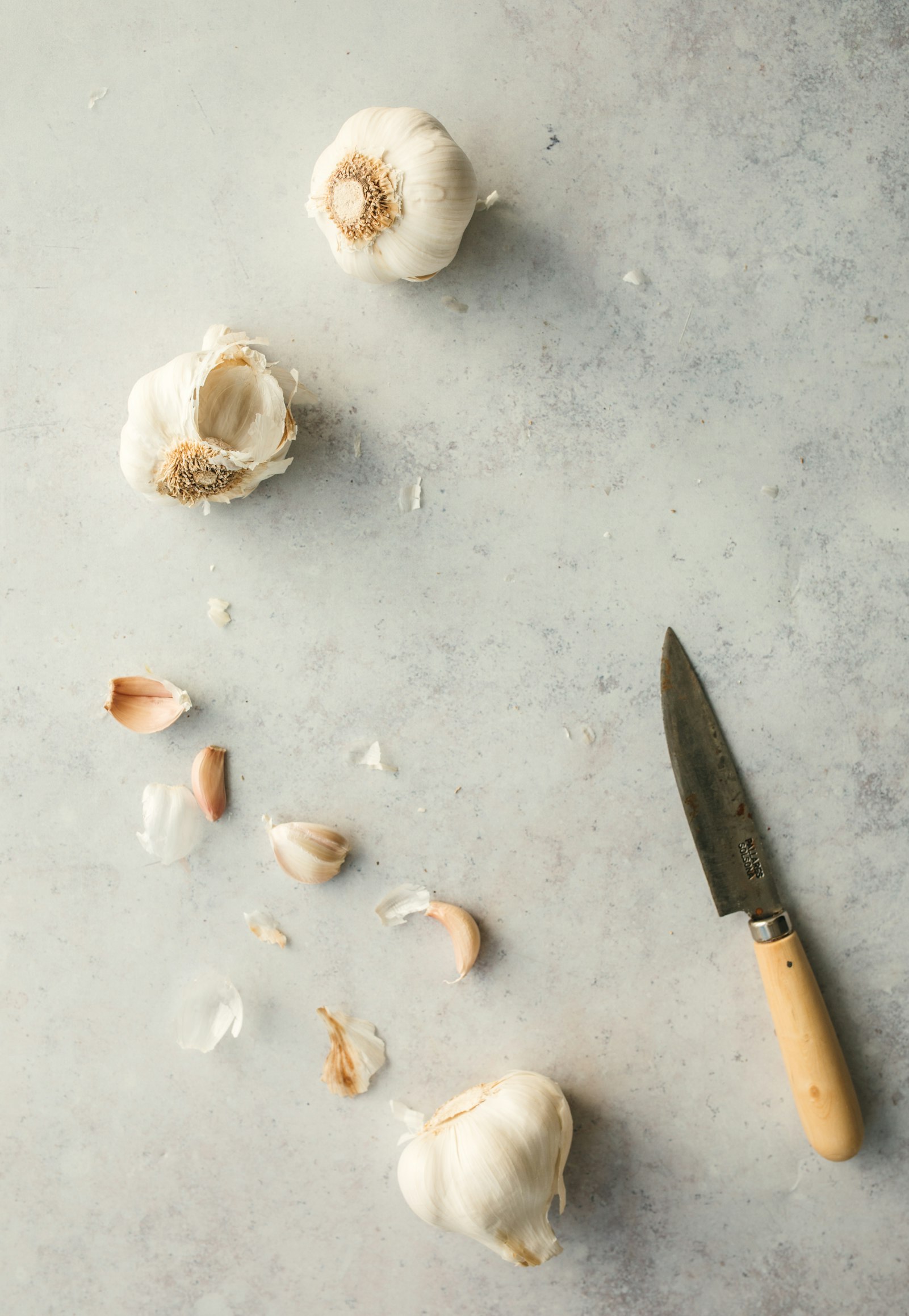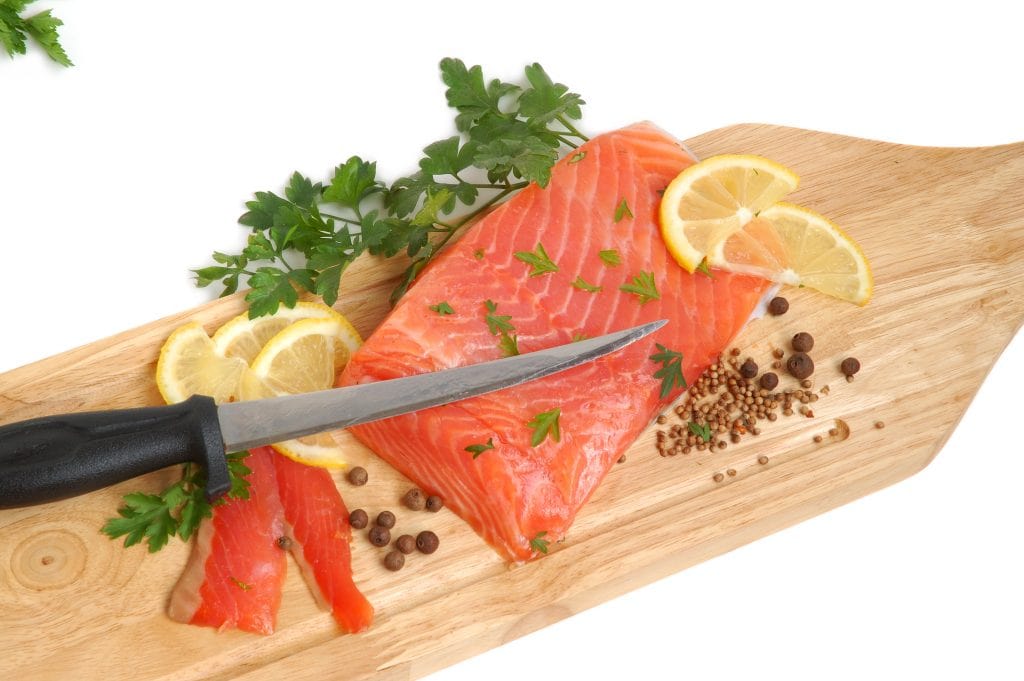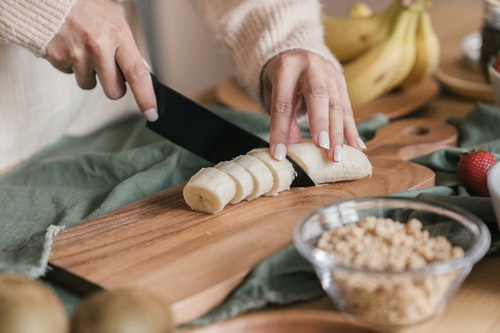Stainless steel knives are a beloved tool in many kitchens due to their durability, resistance to rust, and overall aesthetic appeal. If you’re wondering how to clean a stainless steel knife blade, it’s important to understand the right methods to maintain their shine and function.

Understanding Stainless Steel Knives
Stainless steel is an alloy known for its resistance to corrosion and staining. Popular in kitchens worldwide, these knives blend chromium with steel to create a sturdy and shiny blade perfect for cutting many ingredients.
The Composition of Stainless Steel
Stainless steel knives are composed mainly of iron, chromium, and at times, nickel and other elements. It’s the chromium that provides the corrosion resistance, making these knives a staple in the modern kitchen.

Why Proper Cleaning is Crucial
Proper cleaning of your knives is essential for several reasons. Clean knives prevent food contamination, preserve sharpness, and ensure the longevity of the blade.
Preventing Corrosion
Even though stainless steel is resistant to rust, improper cleaning or neglect can still lead to corrosion. Using harmful cleaning products or allowing moisture to linger on the blade can tarnish its surface.
Preserving Sharpness
Regular and correct cleaning practices also help maintain the blade’s sharpness. A clean blade reduces the chance of abrasives dulling the edge, ensuring your knife remains effective for slicing and dicing.

Tools Needed For Cleaning
Before diving into the cleaning process, gather some necessary tools. These will help you effectively and safely clean your knife.
Soft Cloth or Sponge
A soft cloth or sponge is ideal for cleaning your knife without scratching the surface. Avoid anything too abrasive, which can damage the stainless steel finish.
Mild Dish Soap
A mild dish soap is usually sufficient for cleaning. Harsh detergents can be too aggressive and risk damaging the blade.
Warm Water
Warm water helps to loosen any stuck-on particles without harming the knife. It’s more effective than cold water in breaking down residues.

The Cleaning Process
Cleaning your stainless steel knife blade involves a few key steps. Heres a systematic approach to make sure you do it right.
Step 1: Rinse Immediately
After using the knife, rinse it immediately under warm water. This helps to remove food particles and prevents staining.
Step 2: Apply Mild Soap
Apply a small amount of mild dish soap to a soft sponge or cloth. Gently scrub the blade, paying attention to any areas with stuck-on food.
Step 3: Rinse Thoroughly
Rinse the knife thoroughly to remove any soap residue. Leftover soap can cause discoloration or a film on the blade.
Step 4: Dry Immediately
Dry the blade immediately with a soft cloth to prevent water spots or rust. Make sure no water remains, especially near the handle where it can seep in and cause rust.
Dos and Don’ts of Cleaning
Dos
- Always use mild soap.
- Rinse and dry immediately after use.
- Use a soft cloth or sponge.
Don’ts
- Don’t use high heat to dry the knife.
- Don’t leave knives soaking in water.
- Don’t use abrasive materials.
Common Mistakes to Avoid
Avoid common mistakes such as using harsh chemicals, neglecting to dry the knife properly, or storing it in a way that exposes it to moisture.
Using Bleach
Never use bleach or other harsh chemicals to clean your stainless steel knife. These substances can degrade the metal and cause permanent damage.
Leaving Knives Wet
Leaving knives wet is a common but harmful practice. Always ensure your knife is completely dry before storing it.
Knife Storage Tips
Proper storage is crucial in maintaining your knifes cleanliness and function. Consider these tips:
Use a Knife Block
Storing knives in a knife block can protect the blade from damage and reduce the risk of accidental cuts.
Magnetic Strips
Magnetic strips offer a convenient way to store knives while keeping them easily accessible and preventing damage to the blade.
Advanced Cleaning Techniques
For those tough stains or when regular cleaning isnt enough, consider advanced cleaning techniques.
Using Baking Soda
A paste made from baking soda and water can help remove stubborn stains from the blade. Apply the paste, let it sit for a few minutes, then wipe off with warm water.
Lemon Juice
Lemon juice is acidic and can help in removing stains. Soak a cloth in lemon juice and gently rub the blade for an extra shine.
Conclusion
Maintaining your stainless steel knives through proper cleaning ensures their longevity and performance. Remember, the key lies in regular and gentle cleaning to preserve the integrity of the blade.
FAQs
How often should I clean my stainless steel knife blade?
You should clean your knife after every use to prevent any food residues from sticking and causing stains or corrosion.
Can I use a dishwasher to clean my stainless steel knife?
It’s best to avoid using a dishwasher. Hand washing is gentler and prevents potential damage from dishwasher detergents and high temperatures.
What happens if my stainless steel knife rusts?
If rust appears, use a mixture of baking soda and water to gently scrub it away. Rinse and dry thoroughly after cleaning.
As an Amazon Associate, I earn from qualifying purchases.


